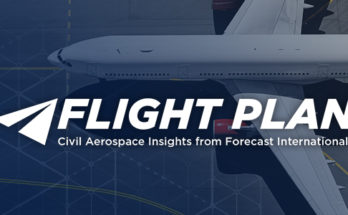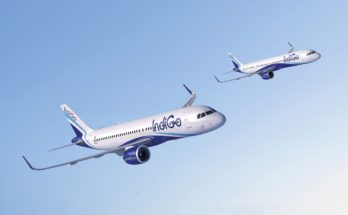The Space Race was a back and forth struggle to expand the horizons of humankind. The competition involved two contenders, the United States and the Soviet Union. To this day, the populations of the former Soviet Union and the United States are immensely proud of the accomplishments they achieved outside of Earth’s atmosphere. The two rivals would continually push the boundaries of what was possible and in turn capture the imagination of the world.
The Space Race began in earnest in the 1950s and effectively ended with the dissolution of the Soviet Union in 1991. Many of the targets set by NASA and the Soviet Space Program were similar, if not the same. The first to get a person into space, the first extravehicular activity (EVA) and the longest spaceflight are a few examples. There were also differences, such as the United States’ exploration of Mars and the Soviet Union’s choice of Venus. The moon was always a major goal and both countries strove to push their programs to the limit in order to explore its mysteries. Landing a human on the moon was the pinnacle of those lunar efforts.
The Apollo program, not to be understated, is well known, but what of the Soviet effort? The Soviets sent many lunar probes as part of the Luna program. Competition was fierce, so much so that the Luna 15 probe can be seen overflying Eagle on the Apollo 11 mission. Probes are one thing, but there was also a serious Soviet effort to land a cosmonaut on the moon’s surface.

Enter the N1
With its first stage still the most powerful stage ever built, the N1 was the Soviet’s answer to the Saturn V. The mission was to be similar to Apollo but feature a crew of two rather than three. The N1 was similar in size to Saturn V but utilized more engines, thus making it more complicated. The difficulties in feeding the first stage’s 30 engines caused problems. Although the N1 eventually launched on four separate occasions, the first stage always failed, with no missions deemed successful. The second launch resulted in such a large explosion that the launch pad was destroyed, delaying the Soviet space program for some time.
The failures of the N1 and the successful Apollo 11 mission made a Soviet moon landing less important. The Space Race would continue, albeit less heated than previous to Apollo. Rather than allot time and expense into landing a cosmonaut on the moon, the Soviet Union shifted focus to recovering samples for the moon robotically and developing space stations. The United States would go on to develop the Space Shuttle while the Soviets would orbit the Salyut series of space stations and eventually Mir. Despite the competitive nature of the two space programs, there was a comradery that was best exemplified in 1975.
In a fitting tribute to Apollo and space explorers on both sides of the Iron Curtain, the Apollo-Soyuz Test Project (ASTP) brought the two rivals together in dramatic fashion. The last remaining Apollo CSM (command/service module) and the Soyuz 19 capsule rendezvoused and docked. Both astronauts and cosmonauts shook hands and conducted experiments. In the realm of space, the cooperation between the United States and now the Russian Federation that began with the ASTP continues to this day.
Carter Palmer has long held a keen interest in military matters and aviation. As an analyst for Industrial & Marine Turbine Forecast, Carter specializes in examining key gas turbine programs for electrical power generation, mechanical drive, and marine propulsion applications. He is also responsible for updating the reports and analyses within the Space Systems Forecast – Launch Vehicles & Manned Platforms and Space Systems Forecast – Satellites & Spacecraft products.




